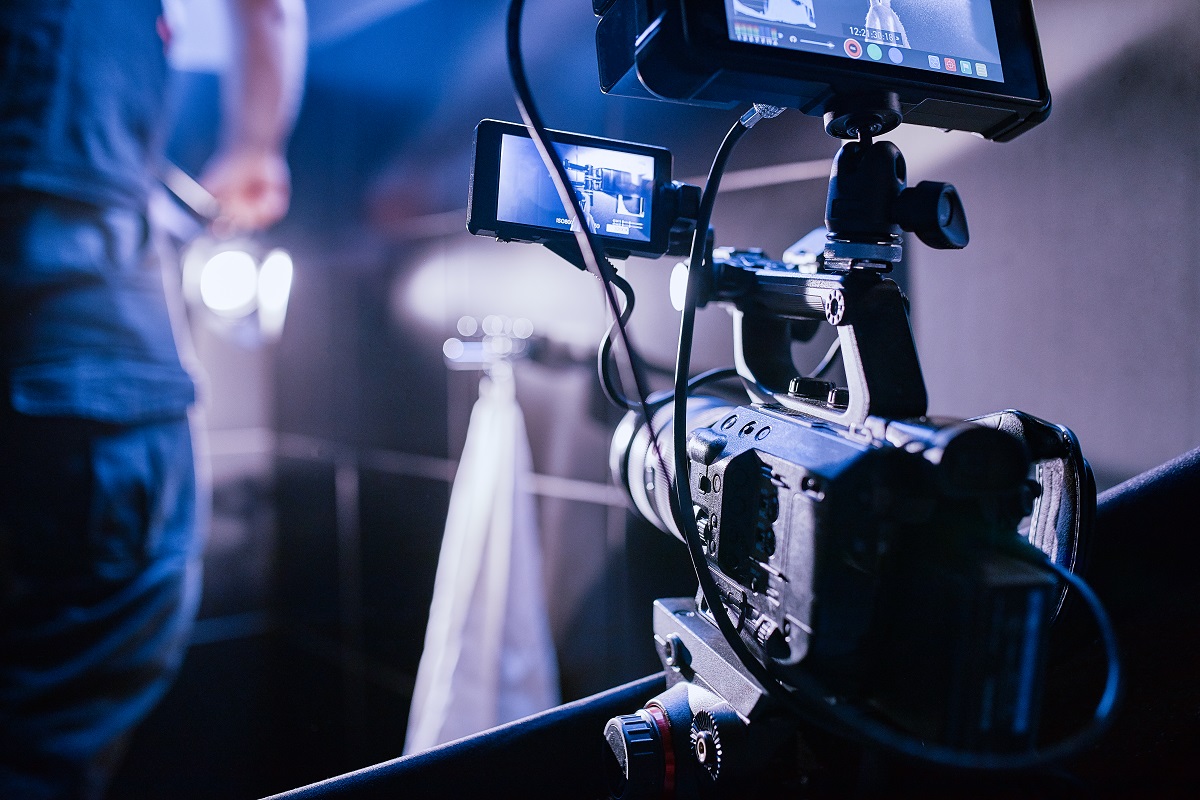Five Cinematic Lighting Techniques Every Lighting Technician Should Know

Lighting is an incredibly important aspect when making. It creates drama, suspense, emotion, and intrigue. Because it is so essential to film, lighting technicians need to be well-aware of all the proper techniques and how to achieve them when they are working with a director on set. Directors will typically discuss their vision with these technicians, and they will get to work to achieve the aesthetic. Being aware of lighting setups, effects, and techniques is just one important aspect of the job of a grip lighting technician that is working to meet the demands of the director. There are a few cinematic lighting techniques that every technician should know before stepping on a film set.
Key Lighting
Key lights are the primary light source in a scene. It provides the most intense, direct light that is typically used to showcase aspects of the scene that the director wants to highlight. In order to create a dramatic feel, you can place the key light directly behind the actor. Be sure that you keep your key light near the camera to avoid it become featureless.
High Key Lighting
This style of lighting actually aims to reduce the lighting ratio in a scene by contrasting the main focus with the background. This is done by the minimal use of blacks and the main use of white lights and other bright tones. It is actually a common lighting technique used in the making of many music videos.
Low Key Lighting
When you want to create striking contrast between images, you should use this type of lighting. Low key lighting uses a hard source of light that will then case the rest of the scene in shadows. It is done to achieve a dramatic feeling, like those in ominous horror scenes or thrillers.
Fill Lighting
If you want to shed light on the background that is sometimes cast in shadows of the key light, you can use fill lighting techniques. This help to remove the dark spaces and shadows by using lights that are a little less powerful than the key light.
Backlighting
Backlighting is placed behind the actor or the focal point of a scene in order to separate it from the rest of the scene. This adds a sense of drama and intensity around the focal point. It also gives more depth to the shot, which creates a more dynamic appearance in the scene. Some grip lighting technicians may actually use the sun as their backlighting in an outdoor scene.
These are a few of the cinematic lighting techniques that will make a grip lighting technician's job much easier. In order to meet the quick and demanding jobs that go on behind the scenes of film productions, lighting specialists are heavily relied upon for their expertise and execution. If you are looking for quality grip electric and grip lighting technicians, contact us to hear about our range of services today.